Homemade Projector
If you’ve watched videos on a smartphone, then you know it can be tough to really enjoy the show on such a small screen. For […]
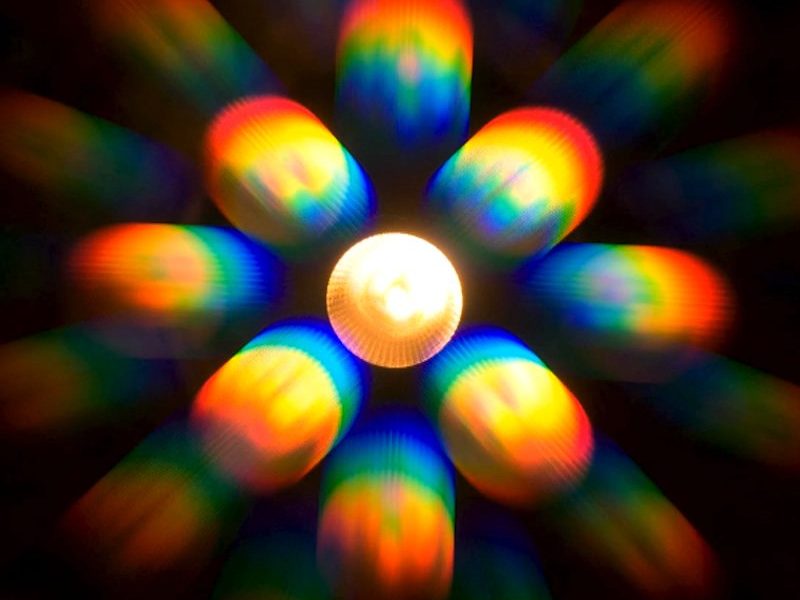
Kaleidoscopes are an incredible tool for witnessing the effects of refracting light, but putting your own kaleidoscope together can be a pain. We’ve simplified the process using our famous Rainbow Peepholes. Witness a literal rainbow of colors when you build your own kaleidoscope with the Homemade Kaleidoscope experiment.
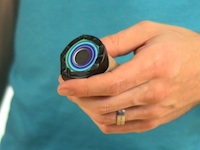
Using scissors, cut a small piece of electrical tape.
Use the strip of tape to attach the peephole to the end of the cardboard tube.
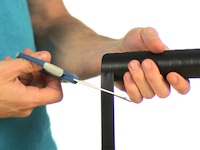
Use the tape to cover the remainder of the cardboard tube, giving it that professional look and feel.
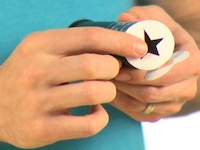
Look through the tube, rotating it slowly!
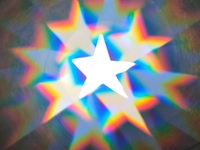
Examine the Rainbow Peephole in the middle of the cardboard disc. If you look very closely, you can see that there are tiny “scratches.” Light is actually made of colors, and these scratched lenses work in a way that refracts (bends) and separates these colors. The lenses are made out of a material called diffraction grating – a special material that bends and separates light into the colors of the spectrum.
These Rainbow Peepholes work in much the same fashion as a bunch of raindrops falling from the sky. As the raindrops fall, they refract the light from the sun into the beautiful rainbow phenomenon we see at the end of a rainstorm. You might ask why objects that don’t give off light have rainbows around them. That is because objects reflect light, which gives them color. You probably noticed that there was a pattern to the colors of the rainbow you observed while looking at the glasses – red, orange, yellow, green, blue, indigo and violet (this is called ROY G BIV order). The diffraction grating material breaks up the light and we observe them in ROY G BIV order.